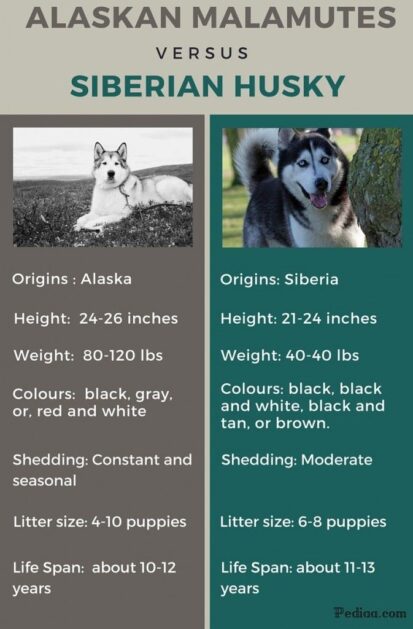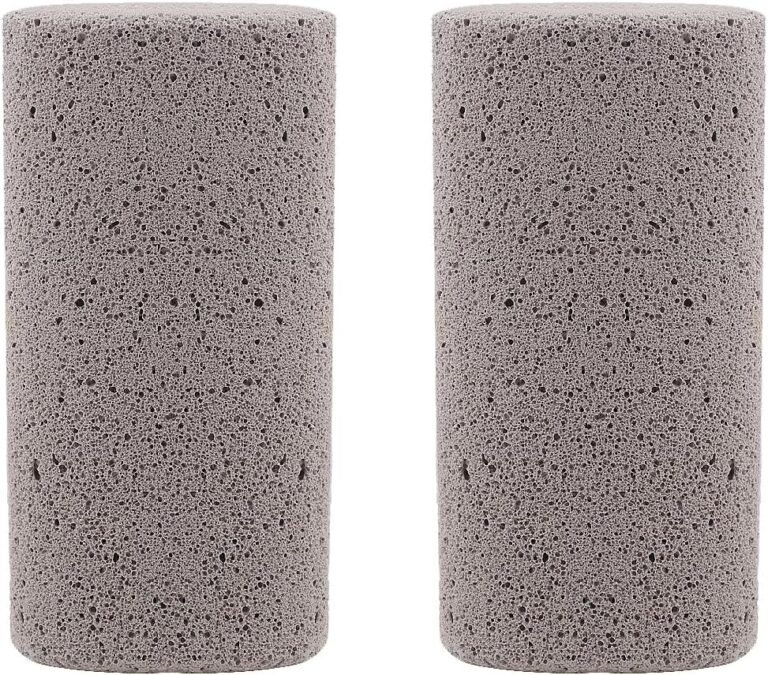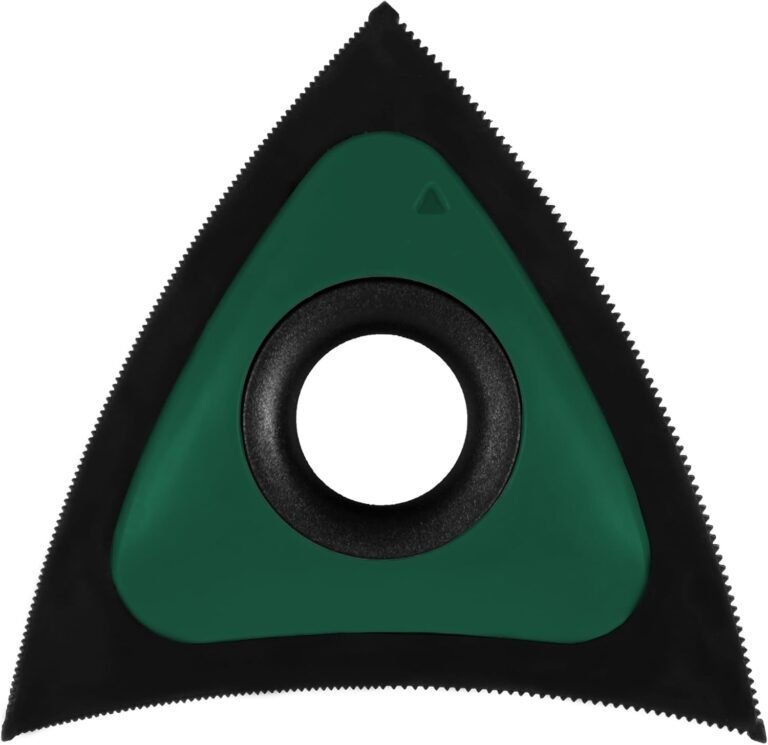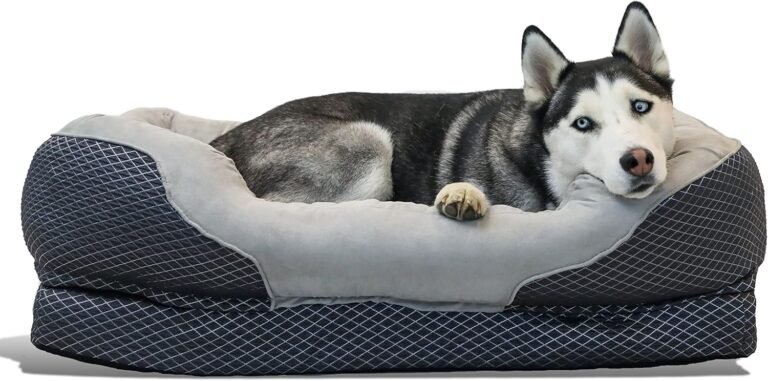
The main differences between malamutes and huskies are that malamutes are more prominent and heavier, while huskies are lighter and faster. Malamutes prefer to live with humans and can be aggressive towards other dogs, while huskies are pack animals and more social with other dogs.
Regarding talkativeness, malamutes are usually quiet dogs, while huskies are more vocal. Malamutes have curlier tails, while huskies have a trademark striped forehead and pointy, upright ears. Alaskan Malamute, Wikipedia; Siberian Husky, Wikipedia

Physical Differences
When comparing Malamutes and Huskies, one of the most noticeable differences lies in their physical characteristics. From their size and weight to their coat and markings, these two breeds have distinct features that set them apart. Understanding these physical differences can help potential dog owners decide which breed would better fit their lifestyle. Let’s explore the physical differences between Malamutes and Huskies in more detail.
Size And Weight
The size and weight of Malamutes and Huskies are some of the most significant differences between these two breeds. Generally, malamutes are larger and heavier compared to huskies. According to American Kennel Club (AKC) standards, malamutes typically stand between 23 and 25 inches tall at the shoulder, with males weighing between 85 and 100 pounds and females weighing between 75 and 85 pounds. On the other hand, Huskies are slightly smaller, with males averaging 21 to 23.5 inches in height and weighing between 45 and 60 pounds. Female Huskies are typically more miniature, standing at 20 to 22 inches tall and weighing between 35 and 50 pounds.
Coat And Markings
The coat and markings of Malamutes and Huskies are another notable difference between the two breeds. Both breeds have double coats that help protect them from harsh weather conditions, but there are distinct variations in their coat characteristics. Malamutes have a thick, coarse outer coat and a dense, wooly undercoat, which provides excellent insulation in cold climates. Their coat colors commonly include shades of gray, black, and ebony, often with white markings on their face, chest, and legs.
On the other hand, huskies have a softer, more plush outer coat and a dense undercoat. Their coat colors are more diverse, ranging from black and white, gray and white, red and white, or even copper and white. Additionally, huskies may have striking facial masks with darker fur surrounding their eyes, adding to their distinctive appearance.
Physical Structure
Aside from size, weight, and coat differences, Malamutes and Huskies also have different physical structures. Malamutes have a larger, more robust build, solid bone structures, and muscular bodies suited for heavy pulling and endurance tasks. As a result, they are often referred to as the “weightlifters” of the two breeds.
On the other hand, Huskies have a more slender and athletic physique designed for speed and agility. They have lighter bone structures and are known for their incredible stamina and quickness, making them excellent sled dogs. Their physical structure allows them to cover long distances efficiently.
In conclusion, malamutes and huskies have unique physical characteristics that make them stand out. Malamutes are larger and heavier, with thick coats ideal for colder climates, while huskies are lighter and more agile, with diverse coat colors and patterns. Understanding these physical differences is essential in determining which breed suits your home and lifestyle better.
:max_bytes(150000):strip_icc()/alaskan-malamute-vs-siberian-husky-335c5a7b09e640e2a2524d2fe874ebf0.png)
Temperament And Personality
Discover the ten critical differences between Malamutes and Huskies, and determine which breed is better for you. From temperament to personality, this comprehensive guide will help you make an informed decision.
Independence And Loyalty
The Malamute and the Husky are known for their loyalty, but they differ in independence. While both breeds are loyal to their owners and make great family pets, malamutes are slightly more independent. They enjoy occasional alone time and are known to relish their personal space. On the other hand, huskies are known for their social nature and tend to do well in packs. They thrive when they have company, whether with other dogs or humans.
Interactions With Other Dogs
Regarding interactions with other dogs, the Malamute and the Husky can have different tendencies. Despite being pack animals, malamutes can sometimes show aggression towards other dogs, especially if they feel threatened. This is why it’s essential to socialize them properly from a young age. On the other hand, huskies are generally more friendly and social with other dogs. They enjoy playing and interacting with their canine companions, making them a great choice if you already have a dog at home.
Vocalization
Regarding vocalization, there is a noticeable difference between Malamutes and Huskies. Malamutes are usually quiet dogs and tend to bark less frequently. However, when they do vocalize, they often make a unique “woo-woo” sound, mimicking talking. Huskies, on the other hand, are known for their expressive vocalizations. They often howl, whine, and yell, making them more vocal than Malamutes. If you prefer a quieter dog, a Malamute might be better for you.
While the Malamute and the Husky have unique temperaments and personality traits, neither breed can be considered superior or better. It ultimately comes down to personal preference and the owner’s specific needs. Whether you choose a Malamute or a Husky, both breeds can make excellent companions. Consider their differences in temperament and personality, along with other factors such as size, exercise requirements, and grooming needs, when deciding.
Exercise And Training Needs
The exercise and training needs of a Malamute and a Husky differ in several aspects. Understanding these differences can help you determine which breed may be better suited for you and your lifestyle. This section will explore three key factors: activity levels, training difficulty, and exercise requirements.
Activity Levels
Regarding activity levels, Malamutes and Huskies are high-energy breeds that require a lot of exercise. It’s essential to remember that they were initially bred for sled pulling and endurance activities, so they thrive in environments that allow them to engage in vigorous physical activity. However, there is a slight difference between the two. Malamutes are known to have a slightly lower activity level compared to Huskies. They still require regular exercise but are generally more laid-back and less prone to restlessness if their exercise needs aren’t met on a particular day.
Training Difficulty
Regarding training difficulty, Malamutes and Huskies can be challenging to train, especially for first-time dog owners. They tend to have a strong independent streak and may exhibit stubbornness during training sessions. However, Huskies are generally considered more challenging to train than Malamutes. Huskies have a strong prey drive, which can make recall training and off-leash training more difficult. On the other hand, Malamutes respond better to consistent and positive reinforcement-based training methods. Patience, consistency, and firmness are essential when training both breeds.
Exercise Requirements
Malamutes and Huskies have high exercise requirements and need daily physical activity to stay mentally and physically stimulated. However, Huskies generally have higher exercise requirements compared to Malamutes. They have a higher energy level and a strong instinct for running. Daily walks, jogs, or runs are essential for keeping them happy and healthy. Malamutes, on the other hand, are slightly more adaptable to varying exercise routines. While they still require daily exercise, they are often content with moderate exercise, such as brisk walks or hikes.
Health And Lifespan
When considering whether to get a Malamute or a Husky as a pet, it is essential to consider their health and lifespan. Both breeds are generally healthy and have similar lifespans, but some differences exist.
Common Health Problems
Although Malamutes and Huskies are generally healthy breeds, they are prone to a few common health problems. Potential pet owners must be aware of these issues as they may require special care or attention.
- Hip dysplasia: Malamutes and Huskies are predisposed to hip dysplasia, a condition where the hip joint doesn’t develop properly. This can lead to pain and mobility issues in affected dogs.
- Eye Problems: Both breeds are prone to eye problems, such as cataracts and progressive retinal atrophy. Regular eye check-ups and proper care are essential to maintaining good eye health.
- Obesity: Both Malamutes and Huskies can be prone to obesity if not given enough exercise and a balanced diet. It is essential to monitor their weight and ensure they get regular exercise to prevent weight-related health issues.
Average Lifespan
On average, the lifespan of a Malamute and a Husky is relatively similar. Both breeds typically live between 10 to 14 years. Of course, individual dogs can vary, and factors such as genetics, diet, exercise, and overall care can influence their lifespan.
It is also important to note that larger dogs like Malamutes tend to have slightly shorter lifespans than smaller breeds. However, this is a generalization and not applicable to every individual dog.
Whether you choose a Malamute or a Husky, you must prioritize your health by providing regular veterinary check-ups, a balanced diet, proper exercise, and lots of love and care. Doing so can help ensure that your furry friend lives a happy and healthy life by your side.
Which Is Better?
When deciding which dog breed to bring into your family, it’s essential to consider various factors to determine which would suit your lifestyle better. Malamutes and Huskies are beautiful, intelligent, and playful breeds, but they differ. In this article, we will explore ten differences between malamutes and huskies and provide insights to help you decide which is better.
Considerations For Owners
Before making a decision on which breed to choose, there are several important considerations to keep in mind:
- Size: Malamutes are generally larger and heavier than huskies. A Husky might be a better choice if you have limited space or prefer a smaller dog.
- Exercise Needs: Both breeds have high energy levels and require regular exercise. However, Huskies have a more vital need for exercise and mental stimulation.
- Climate: Malamutes have a thick double coat, making them better suited for colder climates. Huskies, on the other hand, are more adaptable to varying temperatures.
Matching The Breed With Lifestyle
Matching the breed with your lifestyle is important to ensure a harmonious and fulfilling companionship. Here are some points to consider:
- Activity Level: A Husky may be a better fit if you lead an active lifestyle and enjoy outdoor activities such as hiking or running.
- Family Environment: Both breeds are great with families, but Malamutes are often better suited for families with older children due to their larger size and occasional independence.
- Training: Huskies are known to be more independent and stubborn, while Malamutes are generally more eager to please. Consider your training preferences and your patience when choosing a breed.
Determining which breed is better, Malamutse or Huskies, depends on your specific needs and lifestyle. It’s essential to consider factors such as size, exercise needs, and climate before deciding. Additionally, matching the breed with your lifestyle regarding activity level, family environment, and training preferences is crucial for a successful and fulfilling ownership experience.

0 Frequently Asked Questions Of Malamute Vs. Husky: 10 Differences, And Which Is Better?
Are Malamutes Better Than Huskies?
Malamutes and huskies both make loyal and loving pets. However, malamutes can be better suited as “only pets” and may be more independent. They can be aggressive with other dogs. Malamutes are usually quiet, while huskies are more vocal. Malamutes are more prominent and heavier, while huskies are lighter and faster.
Are Malamutes As Talkative As Huskies?
Malamutes are usually quiet dogs, rarely barking. They may “talk” with a “woo woo” sound. Huskies, on the other hand, are more vocal.
Are 2 Huskies Better Than 1?
Having two huskies can be better in terms of companionship and socialization. They can keep each other company and engage in play and exercise together. However, it also means more responsibility, time, and resources needed for their care.
What Is The Ranking Of Husky Dog?
The ranking of the husky dog is not specified. Huskies and malamutes have their unique characteristics and differences. Huskies are lighter and faster, while malamutes are bigger and stronger. Huskies prefer to live with other dogs, while malamutes are content living with humans.
Huskies tend to live longer and have fewer health problems than malamutes.
Conclusion
To sum up, the Malamute and Husky have several vital differences contributing to their unique characteristics. While both breeds are pack animals and display loyalty and love, the Malamute tends to be more independent and can thrive as the only pet.
On the other hand, Huskies are known to be more vocal and enjoy living with other dogs. Their size and weight also differ, with Malamutes being bigger and heavier than Huskies. Ultimately, the better choice between the two breeds depends on individual preferences and living situations.




